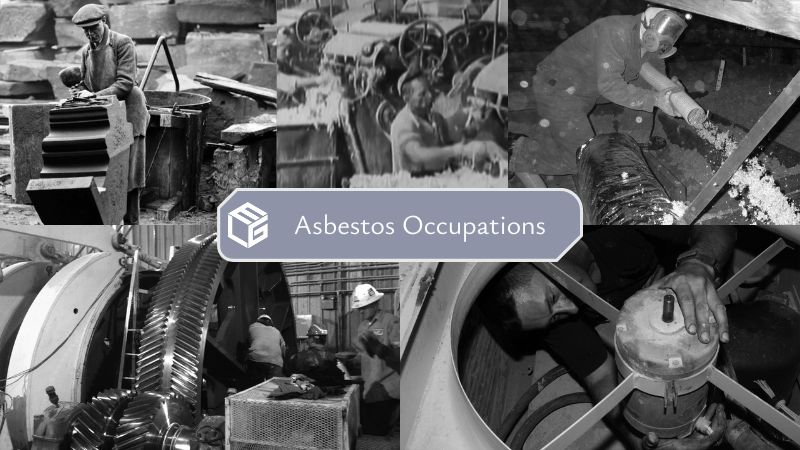-
About »
- Insulin MDL
-
Cases »
- Diseases
- Testimonials
- Government
- Contact
- Get Help Now
-

In this industry, asbestos was mainly used for insulating electrical components on planes and other aircraft but its use was extended to brake pads and adhesives. By performing maintenance work around these machines, people were exposed to asbestos fibers when they needed to change damaged wiring or engine components where asbestos was found in a friable state making it easy to crumble and release particles around the workers.
Concerning the brake pads, they suffered extensive damage on the outer layer where asbestos was found and when it was time to replace them, the worker was in direct contact with the asbestos dust gathered there. An additional risk was found when parts glued to the airplane needed to be removed. In this process, the deteriorated adhesives would release microscopic asbestos particles in the worker’s environment.
The diseases related to asbestos exposure were proven to have grim repercussions on the unfortunate people that have worked on these sites. And what’s worse is that the symptoms of diseases like mesothelioma or asbestosis develop in 10 to 40 years and failing to get a proper diagnosis in time leads to fatal results.
Aircraft workers were also present in the military, being responsible for inspecting, servicing, and repairing the equipment of the aircraft. They would troubleshoot and maintain the structure and the engine of aircraft, as well as other components, such as weapons and electronic warfare. Since numerous aircraft components were manufactured with asbestos before 1980, people who served in the military are now at high risk of developing a serious disease as a result of exposure. For this reason, we strongly advise veterans to undergo periodical medical examination, as they may unknowingly struggle with a disease such as asbestosis, lung cancer, or pulmonary fibrosis. Veterans who served in the U.S. Air Force and the Navy were inevitably exposed to asbestos between 1920 and 1980.
If you developed one of the following cancers as a result of occupational exposure, you are eligible for compensation. If you are too ill, a family member can help you with the legal process. In the unfortunate event that you pass away before recovering compensation, your surviving family members will receive compensation on your behalf.
Lung Cancer Mesothelioma Throat Cancer Esophageal Cancer Bronchial Cancer Gastrointestinal Cancer Colorectal CancerIf, however, you struggle with non-cancerous pleural diseases such as asbestosis, pulmonary fibrosis, pleural plaques, pleural effusion, diffuse pleural thickening, COPD (emphysema & chronic bronchitis), pleurisy, lung nodules, lung spots, asthma, pneumonitis, tuberculosis, rounded atelectasis or lung scarring, please seek a second or even a third opinion as the rate of misdiagnosis is very high among the victims of asbestos exposure.